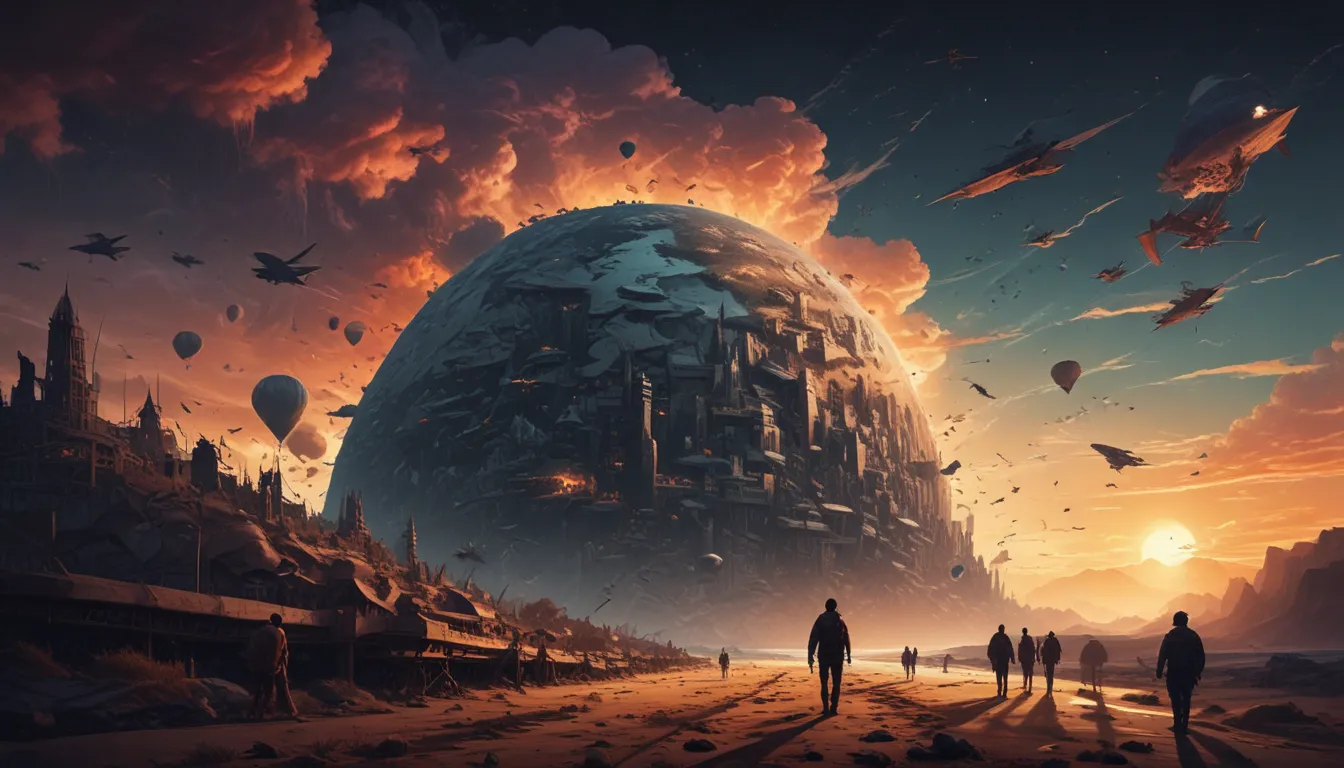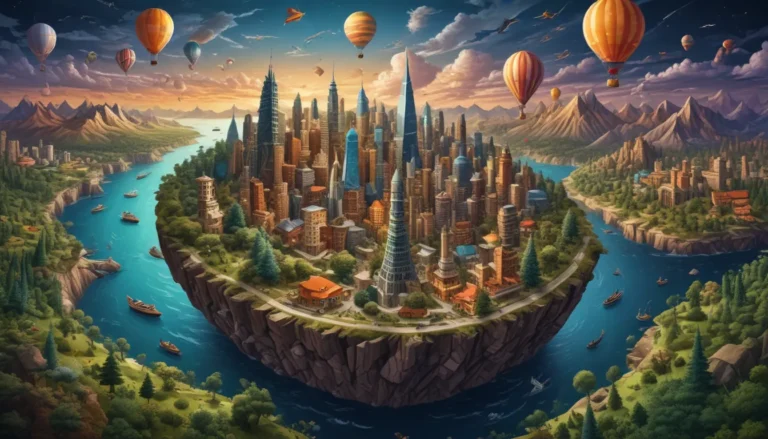A Note About Images: The images used in our articles are for illustration purposes only and may not exactly match the content. They are meant to engage readers, but the text should be relied upon for accurate information.
Human migration is a captivating phenomenon that has impacted societies and cultures throughout history. From ancient migrations out of Africa to modern-day global movements, the reasons behind human migration are diverse and complex. In this article, we will explore nine enigmatic facts about human migration, shedding light on its implications for individuals and communities worldwide.
Understanding the Significance of Human Migration
Human migration is an integral part of our history, driven by a variety of factors such as economic opportunities, environmental changes, political unrest, and personal aspirations. It has shaped civilizations and contributed to cultural diversity, creating both positive and negative impacts on societies. The ability to manage migration effectively is crucial for maximizing its benefits and mitigating potential drawbacks.
Exploring the Global Scope of Migration
Migration is not confined to a specific region or time period but has occurred across the globe throughout history. From the dispersal of Homo sapiens out of Africa to the colonization of new lands during the Age of Exploration, humans have continuously moved in search of better opportunities and experiences. Different waves and patterns of migration have emerged over time, shaping the world we live in today.
- Migration has been a constant throughout history, with different waves and patterns depending on the era and circumstances.
- Economic factors often drive human migration, with individuals seeking better opportunities and living standards in different locations.
- Environmental factors, such as climate change and natural disasters, can also play a significant role in forcing people to migrate in search of safer environments.
The Impact of Migration on Societies
Migration can lead to both positive and negative outcomes for societies. While it brings cultural exchange, economic growth, and innovation, it can also create challenges related to resource allocation, social tensions, and cultural clashes. Managing migration effectively is essential for maximizing its benefits and minimizing its negative repercussions.
- Refugee migration is a significant component of global migration, highlighting the need for international cooperation in providing humanitarian assistance.
- Migration can have long-lasting effects on the regions of origin and destination, impacting areas such as brain drain and economic development.
- Technology has facilitated modern-day migration, making it easier for people to move across borders and create transnational communities.
The Role of Government Policy in Migration
Every country has its own immigration laws and policies governing who can enter, work, or settle within its borders. These regulations vary widely among countries, making the management of migration a complex and contentious issue for governments worldwide. Government policies related to border control, labor migration, and refugee resettlement have significant impacts on migration flows and outcomes.
- Societies can support migrants by promoting inclusive policies, providing access to education and healthcare, and fostering social integration.
- Climate change can influence migration patterns by contributing to environmental degradation, natural disasters, and resource scarcity.
- Forced migration occurs when individuals are compelled to leave their homes due to war, persecution, or other factors beyond their control.
Conclusion: Embracing Diversity and Understanding
Human migration is a fascinating and complex phenomenon that has shaped the course of history. From the earliest migrations out of Africa to the present day, humans have demonstrated a drive to explore new lands and adapt to different environments. By understanding the reasons behind human migration, we gain insight into the diverse experiences and motivations of individuals. Embracing diversity and fostering understanding among different cultures and societies can lead to a more inclusive and interconnected world.
FAQs: Exploring Common Questions about Human Migration
-
Why do people migrate?
People migrate for various reasons, including economic opportunities, political instability, conflict, environmental factors, and societal push and pull factors. -
How does migration impact societies?
Migration can have both positive and negative impacts on societies, influencing cultural diversity, economic growth, and social integration. -
What are the different types of migration?
Various types of migration include internal migration, international migration, voluntary migration, and forced migration. -
How does migration affect the economy?
Migration can have a significant impact on the economy by contributing to labor markets, entrepreneurship, and technological innovation. -
Are all migrations voluntary?
No, forced migration occurs when individuals are compelled to leave their homes due to external factors beyond their control. -
How does government policy play a role in migration?
Government policies related to border control, labor migration, and refugee resettlement can shape migration patterns and outcomes. -
How can societies support migrants?
Societies can support migrants by promoting inclusive policies, providing access to education and healthcare, and combating discrimination and xenophobia. -
What role does climate change play in migration?
Climate change can influence migration patterns by contributing to environmental degradation, natural disasters, and resource scarcity. -
What is the largest migration in history?
The largest migration in history is believed to be the movement of people within China during a period of rapid industrialization.
In conclusion, human migration is a multifaceted phenomenon that continues to shape our world today. By studying its complexities and implications, we can better understand the diverse experiences and motivations of migrants. Embracing diversity and fostering understanding among different cultures and societies can lead to a more inclusive and interconnected global community.






